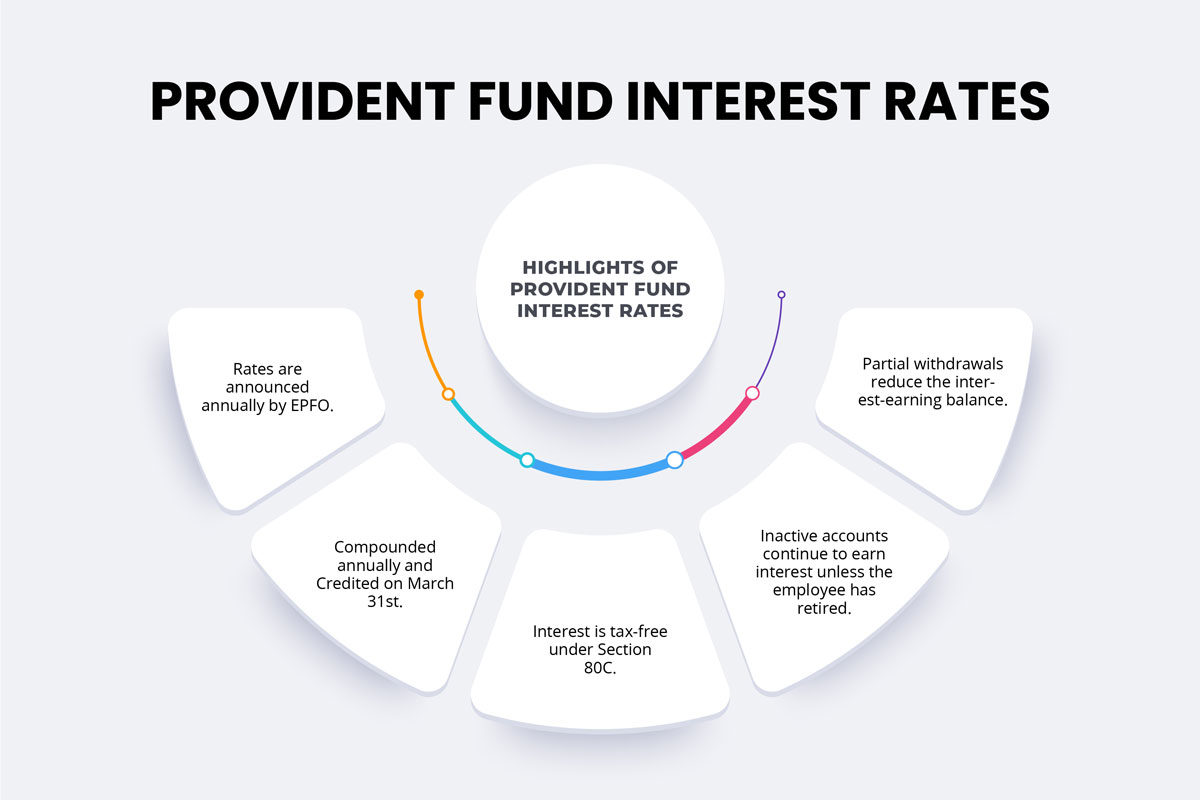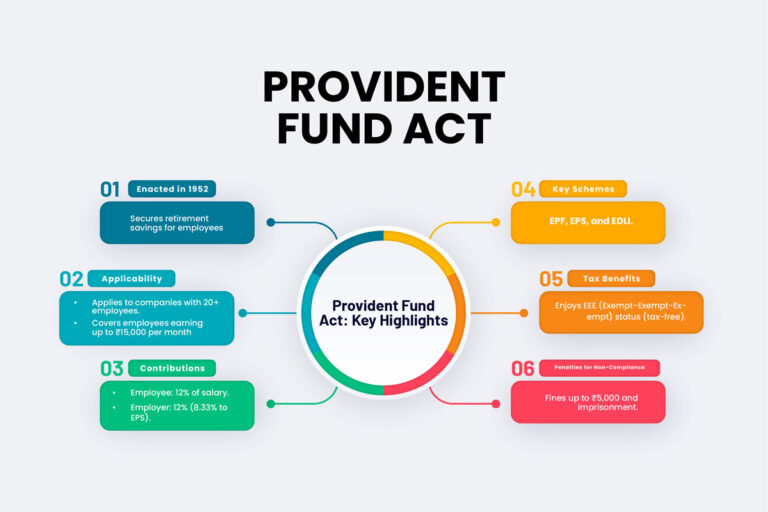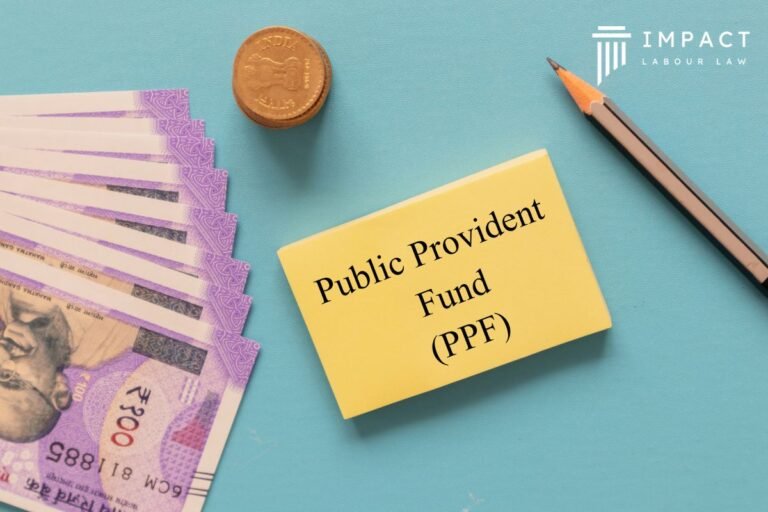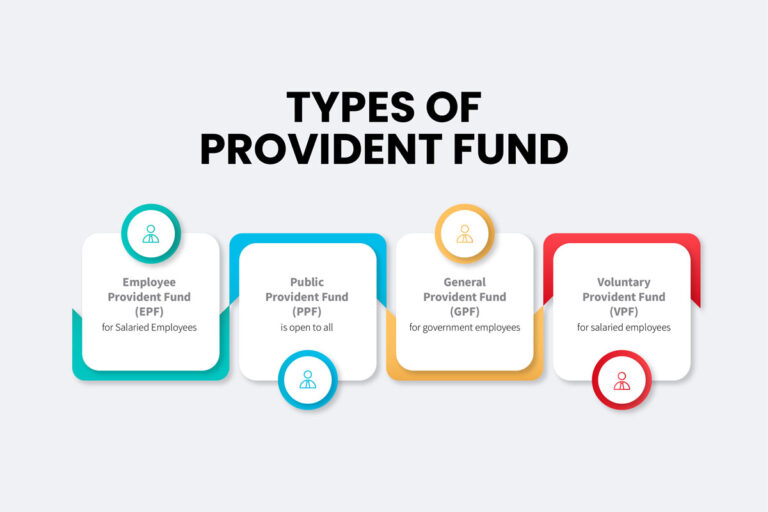
The Provident Fund (PF) is a government-backed retirement savings scheme designed to secure the financial future of employees of government and private establishments after retirement. One of the key features that makes the Employee Provident Fund (EPF) an attractive investment is the provident fund interest rate, which ensures a stable return on the accumulated savings over time. Understanding the interest rate, its calculation, and its impact on your savings is crucial for effective retirement planning.
This comprehensive guide will explain the provident fund interest rate, how it is determined, compare it with other investment options, and discuss tax benefits and key aspects.
EPF Interest Rates 2024
The current provident fund interest rate for the financial year 2023-2024, as declared by the Employees’ Provident Fund Organisation (EPFO), is 8.25%. This rate is consistent with the government’s focus on providing competitive returns on long-term savings. You can verify the latest updates on EPF interest rates on the EPFO official website.
| Financial Year | EPF Interest Rate |
| 2023-2024 | 8.25% |
| 2022-2023 | 8.15% |
| 2021-2022 | 8.10% |
| 2020-2021 | 8.50% |
| 2019-2020 | 8.50% |
| 2018-2019 | 8.65% |
| 2017-2018 | 8.55% |
| 2016-2017 | 8.65% |
| 2015-2016 | 8.80% |
| 2014-2015 | 8.75% |
What is the Provident Fund Interest Rate?
The provident fund interest rate refers to the annual interest earned on the employee and employer contributions to the Employee Provident Fund (EPF). This interest is credited to the employee’s PF account at the end of each financial year.
How is the Employee Provident Fund Rate Determined?
The Central Board of Trustees, in consultation with the Ministry of Finance, determines the interest rate of the employee provident fund. It is based on the returns of the EPFO’s investments, primarily in government securities and bonds. The interest is credited annually but calculated every month based on the closing balance of the employee’s EPF account.
Overview of Retirement Savings Interest Rate
The provident fund interest rate forms a significant part of an employee’s overall retirement savings interest rate. The interest rate helps employees accumulate a significant retirement corpus and ensures that the savings continue to grow even after the contributions stop, up to a certain period.
Factors Influencing Provident Fund Interest Rate
Several factors play a role in determining the interest rate on PF balance:
1. Government Policies
- Government fiscal policies, the economic environment, and inflation rates influence the interest rate.
- The government aims to balance high employee returns with maintaining fiscal stability.
2. Economic Factors
- Various factors influence the EPF (employee provident fund) rate. The major factor is the performance of government bonds and securities since EPFO invests more than 75% of its corpus in them. The other factors are the demand and supply of credit, inflation, and other investments made by EPFO.
3. Comparison with Other Retirement Savings Interest Rates
- Compared with other retirement savings interest rates, the provident fund rate is generally higher than most traditional savings accounts and fixed deposits. For instance, typical fixed deposit rates of major banking players in India range between 5% and 7%. However, Small Finance Banks offer higher deposit rates. The current provident fund rate is 8.25%, offering better returns for long-term investors.
Benefits of a High Provident Fund Interest Rate
A high provident fund interest rate offers several advantages to employees planning their retirement:
1. Boosting Retirement Savings
- A higher provident fund interest rate directly increases the growth of your retirement corpus. Over time, this interest, compounded annually, helps employees build a significant nest egg for retirement.
2. Provident Fund Tax Benefits
One of the most significant advantages of contributing to the Provident Fund (PF), especially the Employee Provident Fund (EPF), is its tax benefits. The EPF falls under the Exempt-Exempt-Exempt (EEE) category, which provides tax benefits at three levels: during contributions, during the accumulation of interest, and withdrawal (under certain conditions). This makes the provident fund investment one of India’s most tax-efficient retirement savings schemes available to employees.
The EPF enjoys the Exempt-Exempt-Exempt (EEE) status, meaning:
- Annual Contributions of Rs.1,50000 are tax-deductible under Section 80C.
- Interest earned is tax-free.
- Withdrawals made after five years of continuous service are exempt from tax, making provident fund tax benefits one of the most significant advantages of retirement planning.
Summary of Provident Fund Tax Benefits
| Stage | Tax Benefit |
| Employee’s Contribution | Tax deduction up to INR 1.5 lakh under Section 80C. |
| Employer’s Contribution | Tax-free up to 12% of basic salary and dearness allowance. |
| Interest Earned | Tax-free if the employee has completed 5 years of continuous service. |
| Withdrawals | Tax-free if withdrawn after 5 years of service or for specific reasons (retirement, medical). |
| Early Withdrawals | Taxable if withdrawn before 5 years of service unless under exempted conditions (medical emergencies, death). |
Important Note: From July 2020, withdrawals from small saving schemes can now be subject to TDS (Tax Deducted at Source) under section 194N. Under the new rule, TDS between 2% and 5% applies to withdrawals exceeding Rs. 20 lakh from small savings schemes. However, this TDS is applicable only if the scheme subscriber has not filed an income tax return in the past 3 years.
3. Safe and Guaranteed Returns
- The best provident fund interest rates are backed by the government, ensuring safe and guaranteed returns compared to market-linked investments like mutual funds or stocks, which come with inherent risks.
Key points about PF interest rates
- The interest rate of 8.25% is currently applicable to all EPF deposits.
- Although the interest is calculated monthly, it is credited to the Employees’ Provident Fund account once a year, on March 31st of the respective financial year.
- The accrued interest is added to the April account balance, which is then updated and used to calculate interest in subsequent months.
- If no contributions are made to an EPF account for 36 consecutive months, the account becomes dormant or inoperative.
- Employees below retirement age continue to earn interest on their inactive EPF accounts.
- In contrast, inactive accounts of retired employees do not accumulate any interest.
- Interest earned on dormant accounts is taxed based on the employee’s applicable income tax slab rate.
- Contributions to the Employees’ Pension Scheme (EPS) do not generate interest; however, starting at age 58, employees receive a pension from this accumulated amount.
How to Calculate Your Provident Fund Interest Rate
Knowing how to calculate the provident fund interest rate can help you estimate the growth of your savings and plan your finances effectively.
Step-by-Step Guide to Calculating PF Interest Rate
Calculating the provident fund interest rate can initially seem complex, but it’s relatively straightforward once you understand the process. Below is a step-by-step guide to help you calculate the interest rate on your PF balance.
Step 1: Understand the Components
The Employee Provident Fund (EPF) account consists of two key components:
- Employee’s Contribution: 12% of the employee’s basic salary and dearness allowance.
- Employer’s Contribution: 12% of the employee’s basic salary and dearness allowance, where 8.33% goes to the Employees’ Pension Scheme (EPS) and the remaining 3.67% goes to the EPF account.
The provident fund interest rate is calculated on the total contributions and the accumulated interest from previous years.
Step 2: Know the Interest Rate
For the financial year 2023-24, the provident fund interest rate is 8.25%. This rate applies to the EPF balance throughout the year. The rate may change each financial year, as declared by the EPFO. You can check the latest interest rate on the EPFO website.
Step 3: Monthly Calculation
Although the interest is credited annually, it is calculated every month. Each month, on the closing balance of the EPF account. The formula used for calculating the monthly interest is:
- Month 1 Contribution: ₹3,134
- Month 2 Total Balance: ₹6,268 (₹3,134 contributed in Month 1 + ₹3,134 contributed in Month 2)
- Interest Earned for Month 2: 0.6875% of ₹6,268 = ₹43.07
The interest for Month 2 is calculated based on the total balance in your EPF account at that time. As additional contributions are made each month, the balance grows, and so does the interest, compounding throughout the financial year.
Step 4: Year-End Calculation
At the end of the financial year, all the monthly interest amounts are added together and credited to your EPF account. This total interest is then added to your closing balance, which becomes the opening balance for the next financial year.
Step 5: Compounding Interest
The key benefit of EPF is the compounding effect. Since the interest is compounded annually, the interest earned in the previous year is added to your total balance, and you start earning the interest the following year on the total balance. Over time, this compounding significantly increases the total balance in your EPF account.
Step 6: Check Your PF Balance
You can track the total interest credited to your account at the end of the year by checking your EPF passbook online through the EPFO portal.
By following these steps, you can estimate the interest your EPF account will earn each year. This helps you understand provident fund returns and enables better financial planning for retirement.
For more information, you can also use online EPF calculators provided by financial platforms.
Tools to Estimate Your Provident Fund Interest Rate:
You can use EPF calculators on financial websites to easily estimate your interest earnings based on your salary and contributions.
Importance of Provident Fund Rate Comparison:
- Comparing the provident fund interest rate with other investment options can help you make informed decisions about your retirement savings strategy. For example, comparing the EPF with deposit schemes, the Public Provident Fund (PPF), and the National Pension Scheme (NPS) can reveal which option suits your long-term goals better.
Provident Fund Rate Comparison
Here is a comparison of the current provident fund rate with other popular retirement savings schemes:
| Retirement Scheme | Interest Rate (2023-24) | Tax Benefits |
| Employee Provident Fund (EPF) | 8.25% | EEE (Exempt-Exempt-Exempt) |
| Public Provident Fund (PPF) | 7.1% | EEE (Exempt-Exempt-Exempt) |
| National Pension Scheme (NPS) | 8-10% (market-linked) | Tax deduction allowed under Section 80C and 80CCD |
| Fixed Deposit (FD) | 5-7% | Interest is taxable, if not tax-saving FD. |
The EPF (employee provident fund) rate offers a guaranteed return, high interest, and tax benefits, making it a superior option for risk-averse individuals in retirement planning.
Conclusion
The provident fund interest rate plays a vital role in ensuring financial security for employees after retirement. With an EPF interest rate of 8.25% for 2023-2024, the provident fund returns offer robust and stable growth for retirement savings. Coupled with tax benefits, it remains one of India’s best retirement savings options.
Understanding how to calculate your provident fund interest rate and compare it with other investment options can help you make informed financial decisions and maximise your provident fund investment. Regularly checking the current rate and staying updated on any changes the EPFO announces will ensure that your retirement planning stays on track.
Frequently Asked Questions (FAQs)

Article by
Editorial Staff
Impact Labour Law editorial staff is a team comprised of individual writers with strong background in statutory & labour law compliance. Backed by several years of experience, our content creators aim to bring you the best knowledge and learnings related to PF, ESI, POSH Compliance, HR & Payroll management, FSSAI & more.






